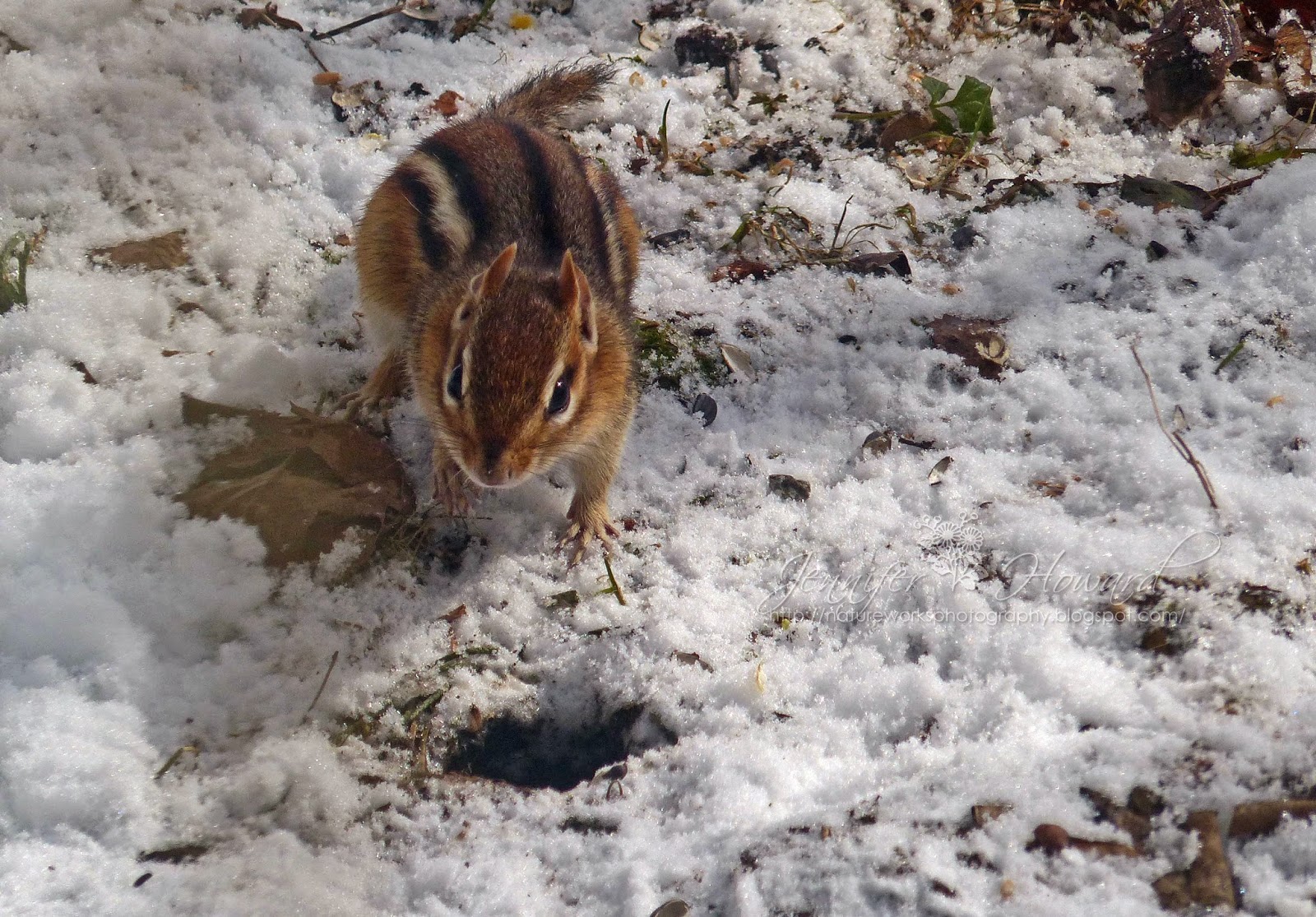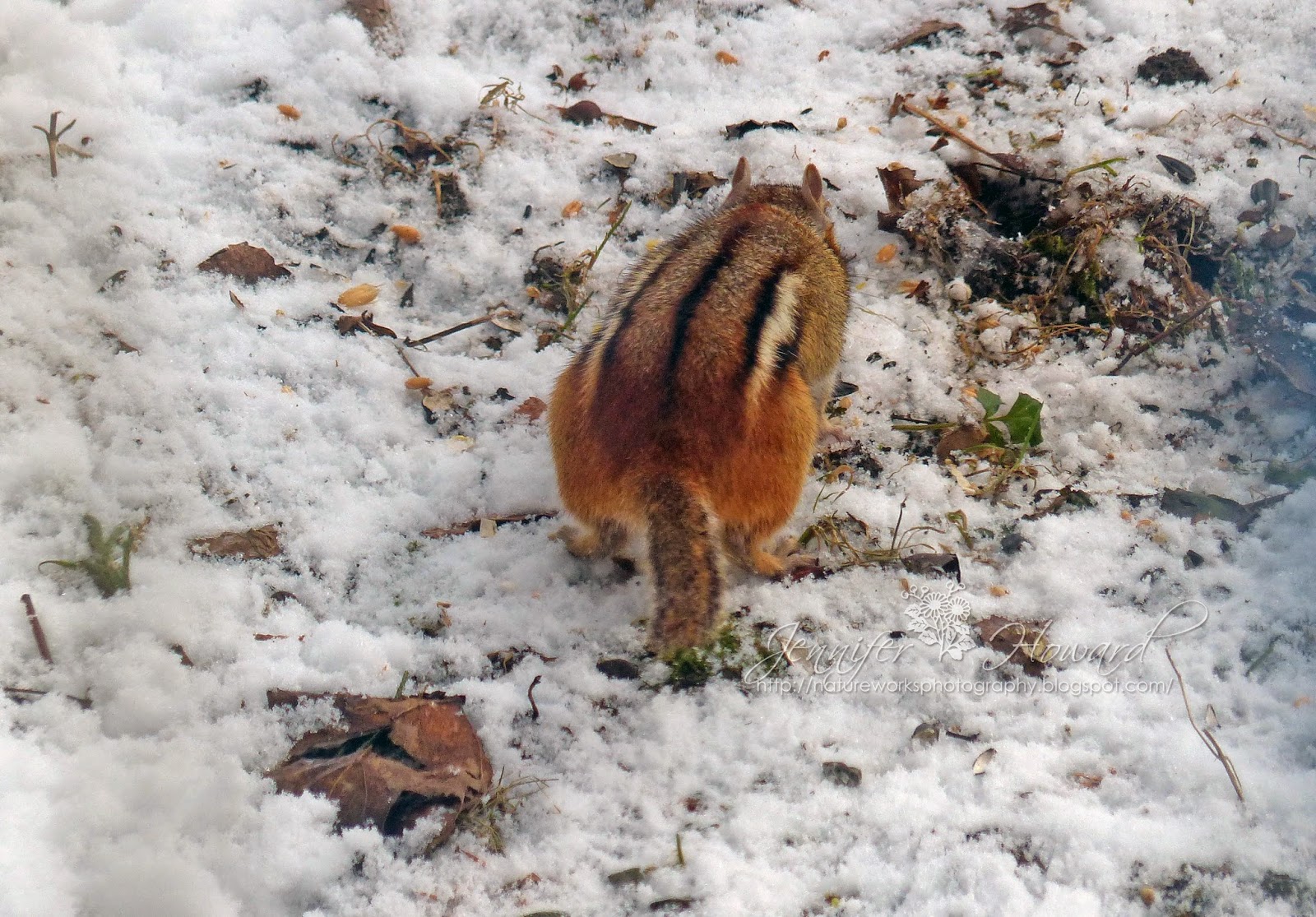

Gunn European Starlings recorded by Martyn Stewart, Forest ambient including Steller’s Jay, recorded by C. Red-breasted Nuthatch recorded by G.A.Keller Mallards by A.A. But they do turn their heads around and poke their beaks under shoulder-feathers to keep their beaks warm.Ĭalls of the birds provided by The Macaulay Library of Natural Sounds at the Cornell Lab of Ornithology, Ithaca, New York. Most birds can’t tuck their heads under their wings to sleep as we’ve been lead to believe. On these cold nights, birds fluff up their feathers for insulation and often hunker down over their bare legs and feet to keep them warm. These nocturnal birds of the American Southwest can allow their body temperature to drop to as low as 41 degrees Fahrenheit (5C) when in torpor, and spend as much as 90 of the cold winter days in an inactive state. Woodpeckers, like this Downy Woodpecker, cling to vertical tree trunks. It most commonly occurs during winter months. Hibernation is a seasonal heterothermy characterized by low body-temperature, slow breathing and heart-rate, and low metabolic rate. Small forest birds including this Red-breasted Nuthatch, may spend the night huddled together in tree cavities. Hibernation is a state of minimal activity and metabolic depression undergone by some animal species. Songbirds find a protected place to perch, sheltered from rain and safe from nighttime predators. Often they use the same roost night after night. During the rest of the year, birds select a roosting spot. The only time of the year when birds sleep in nests is when they are incubating eggs or keeping their young warm.


It might surprise you to learn that they are not snuggled into cozy nests. As December days shorten, you may wonder where birds, including this Steller’s Jay and others, spend the long, cold nights.


 0 kommentar(er)
0 kommentar(er)
